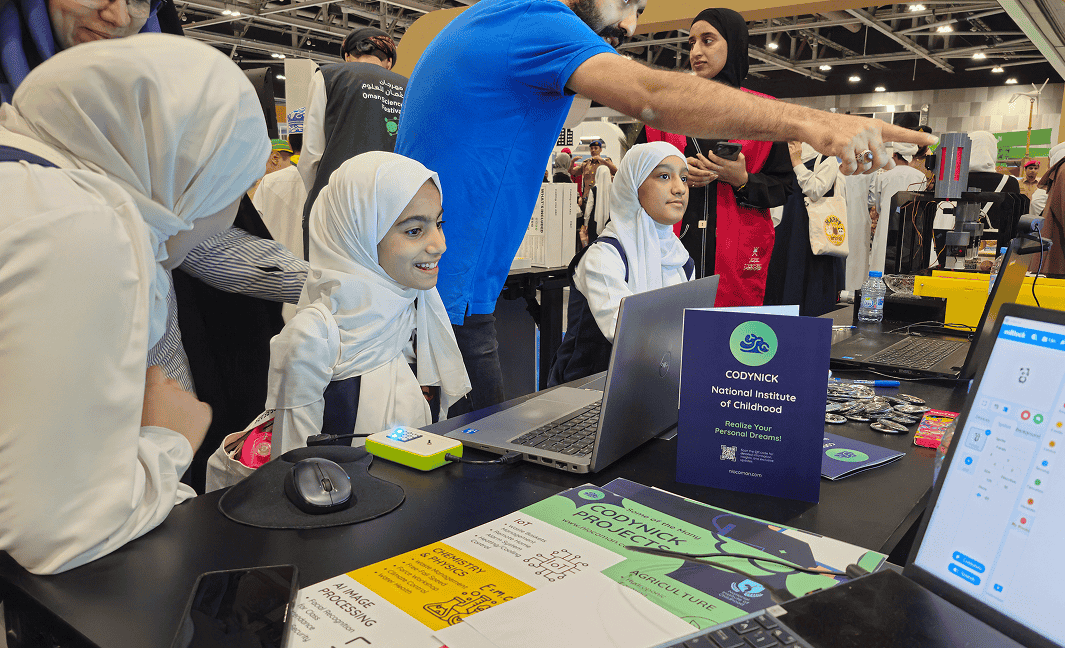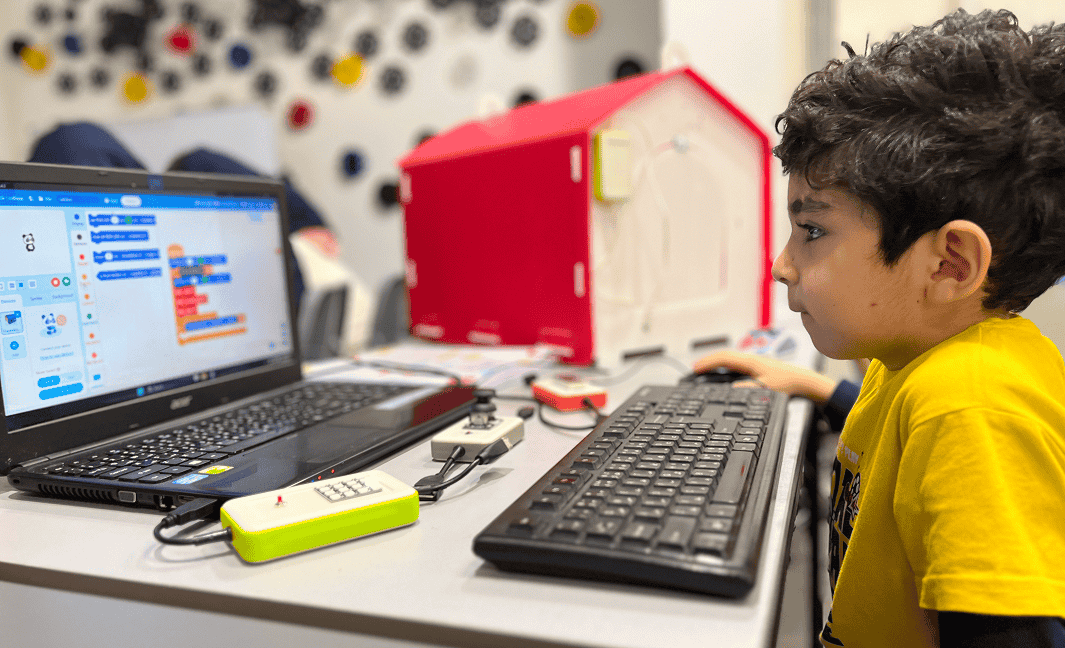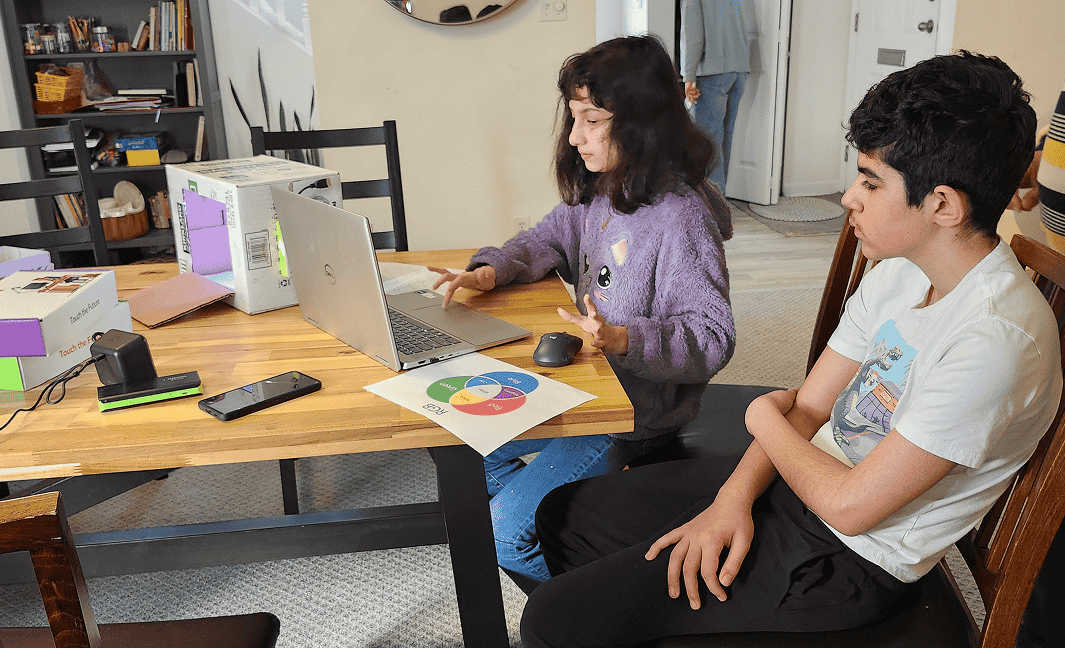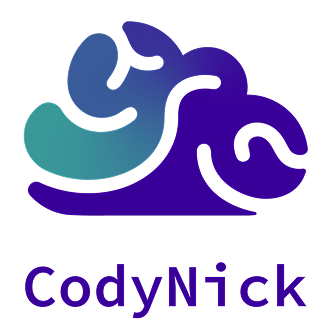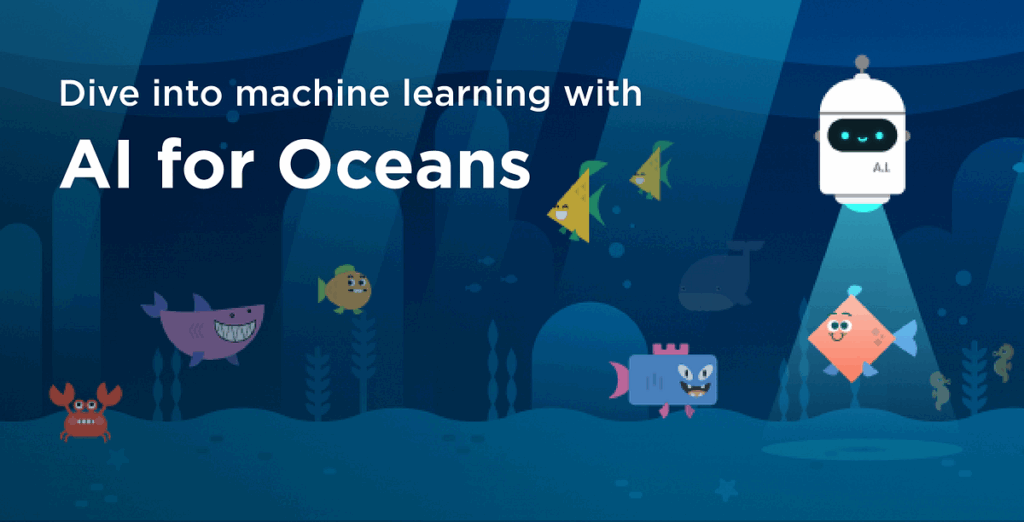
How a Simple Game Can Teach Your Child About Artificial Intelligence
👉 Try the game here: code.org/oceans
A fun, free, beginner-friendly activity for ages 8+ to explore AI and environmental science—no prior coding needed!
Step 1: Meet the AI
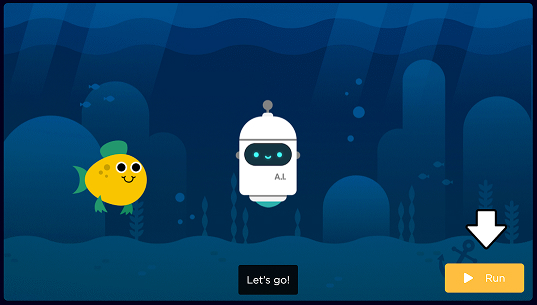
Your child is introduced to a robot that wants to clean the ocean. It needs help understanding what belongs in the water and what doesn’t.
Step 2: Train the AI
Kids click buttons like “Fish” or “Not Fish” to teach the robot using real examples:
Clownfish = Fish
Bottles, boots = Not Fish
Step 3: Watch the AI Learn
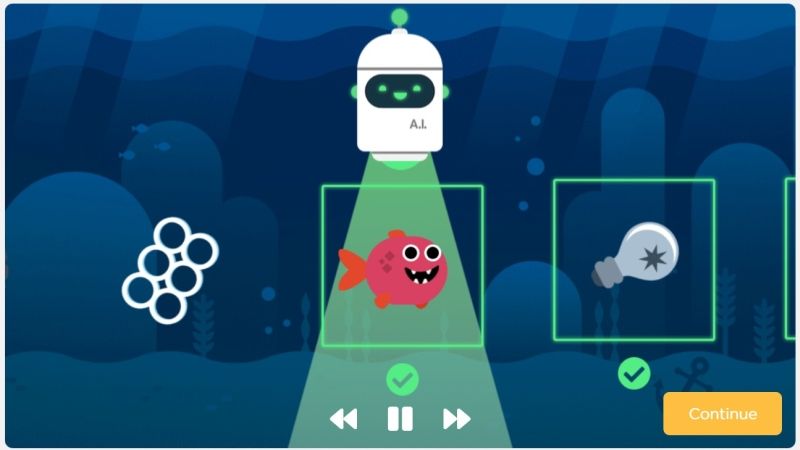
At first, the robot makes mistakes—like throwing away a shark. But this sparks a learning moment.
Step 4: Ask a Better Question
When the child reframes the task as “Does this belong in the ocean?” instead of “Is it a fish?”, the robot’s performance improves dramatically.
Step 5: Improve Through Feedback
Kids tag more examples and watch the AI get smarter with every decision.
What Is “AI for Oceans”?
“AI for Oceans” is a short, interactive game created by Code.org as part of the Hour of Code. It lets kids train a friendly robot to clean up ocean pollution using AI-powered decision-making.
Instead of writing code, children teach the robot by tagging objects that do (or don’t) belong in the sea—learning how real-world artificial intelligence works along the way.
It’s not just educational—it’s eye-opening, especially for young minds discovering how technology can help solve global problems.
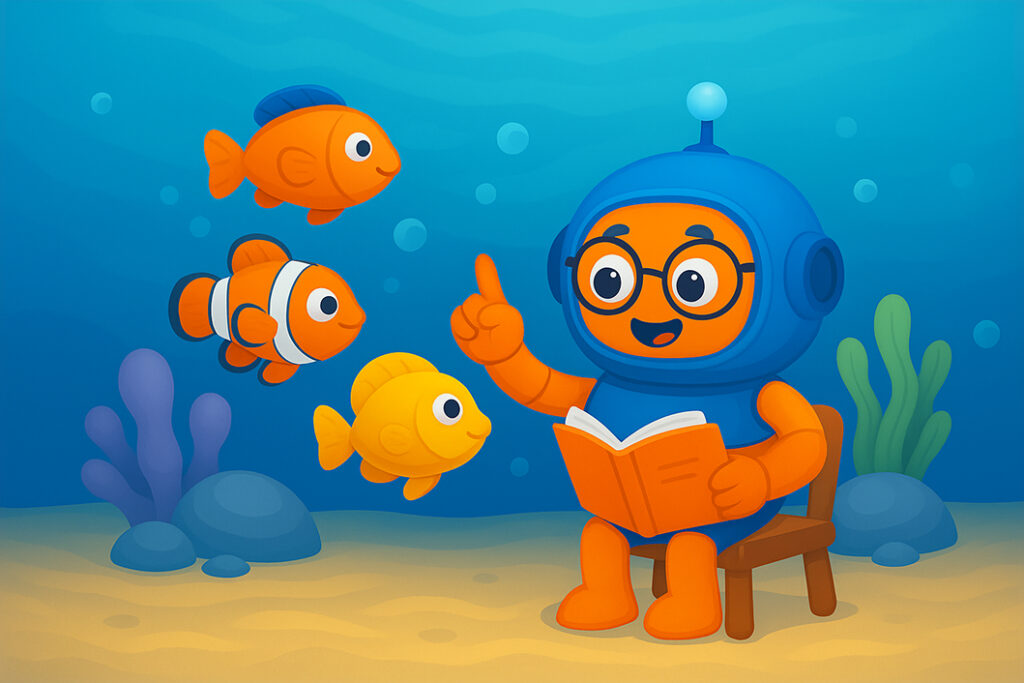
Why This Game Is So Powerful
Teaches AI Concepts Without Coding
Kids see how machine learning depends on data, feedback, and clarity.
Connects Technology to Real-World Impact
While exploring artificial intelligence, children reflect on ocean conservation and pollution.
Encourages Critical Thinking
When the robot fails, kids reflect: “Was my data good?”—just like real AI engineers do!
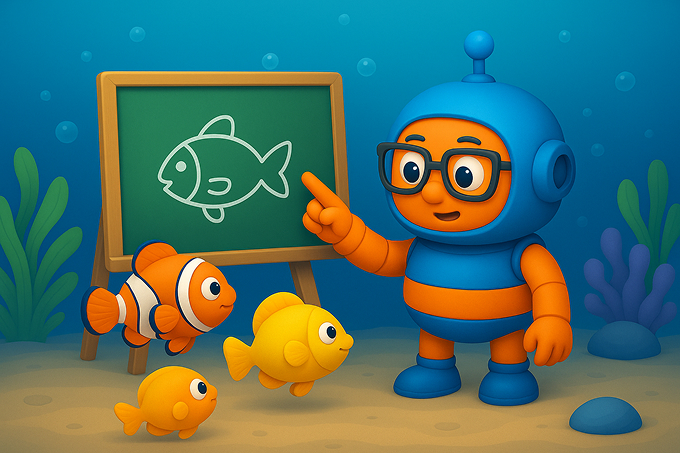
Step-by-Step Guide for Parents & Teachers
You don’t need to be a tech expert to help your child get the most out of this activity. Here’s how to make it even more meaningful:
1. Watch Together
Sit with your child as they play. Ask them to explain what they’re doing and why.
2. Pause and Reflect
When the robot makes a mistake, ask:
“Why do you think it did that?”
“Was it confused?”
“What could you teach it better next time?”
3. Shift the Focus
Guide your child to ask better questions. Instead of “What is a fish?” ask “What belongs in the ocean?”
4. Discuss Real-Life AI
After the game, start a short conversation:
“Where else might AI be used?”
“How does data affect what AI learns?”
“Can AI make mistakes like this in real life?”
5. Encourage Curiosity
Let them know it’s okay to be wrong and try again. That’s how real learning—and real AI—works.
Why We Recommend It at CodyNick
At CodyNick, we care deeply about helping children learn the skills they need for the future—like problem solving, data thinking, and ethical decision-making.
Games like “AI for Oceans” are more than just fun activities. They help children understand the basics of how technology works, and how they can be creators—not just consumers—of the digital world.
We encourage families and teachers to try this game and use it as a springboard to deeper conversations about AI, responsibility, and innovation.


